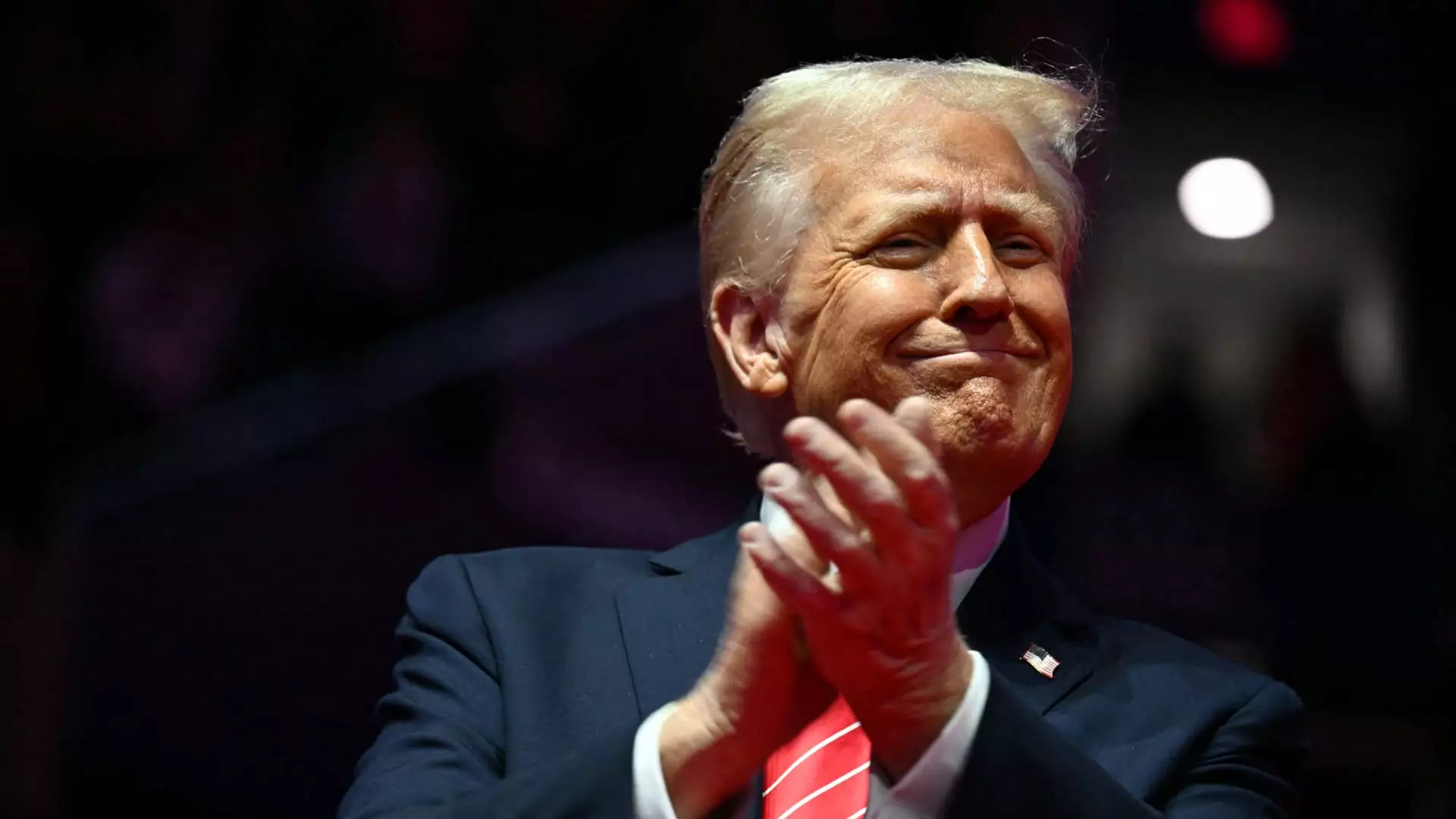Donald Trump’s unexpected return to the presidency promises a vigorous reshaping of American policy through a series of executive orders on the first day of his second term. As he prepares to take the oath of office once again, the anticipation surrounding the multitude of orders that might be signed signals a bold approach that aims to realign the federal agenda to reflect his vision.
Reports indicate that Trump plans to unleash a staggering number of executive orders—potentially exceeding 100—immediately upon his inauguration, a move that could set a historical precedent for how a president engages with executive authority. The plans involve both immediate actions and longer-term strategies that coincide with key campaign pledges made during his previous electoral campaign.
During a rally preceding his inauguration, Trump communicated a sense of urgency and decisiveness regarding these plans, suggesting that his executive actions would quickly alter the trajectory of American policy. With a dual focus on fulfilling campaign promises and reversing initiatives from the Biden administration, Trump is not just signaling a return to power but is also reinforcing his commitment to a style of governance that prioritizes speed and impact.
Among the plethora of orders anticipated is one which declares a national emergency concerning the U.S.-Mexico border. This arguably aligns with the core ethos of Trump’s Make America Great Again (MAGA) movement, which prioritizes stringent immigration policies and enhanced national security. The former president’s assertion that “the invasion of our borders will have come to a halt” resonates deeply with his base, underpinning his longstanding narrative that immigration control is fundamentally tied to national integrity and security.
Trump’s previous attempts to fortify the border were met with legal challenges and congressional disputes. His inauguration presents another opportunity to revisit those strategies, again framing them as essential measures in response to a perceived crisis. The anticipated executive action suggests a full-circle moment in which Trump could seek to fulfill his original promises by reinstating and amplifying previously stunted initiatives.
However, the implications of Trump’s executive orders extend beyond immigration. One of the most controversial aspects includes his plans to potentially cut funding related to climate initiatives under Biden’s Inflation Reduction Act. Trump’s interpretation of his fiscal authority raises legal and constitutional questions that could test the limits of executive power. The Impoundment Control Act of 1974, which mandates the spending of congressionally appropriated funds, stands in direct opposition to Trump’s intentions. The discourse over this authority could set off significant legal battles, challenging the boundaries between legislative and executive powers.
Additionally, Trump’s restoration of the “Schedule F” policy, aimed at reclassifying federal jobs to appoint individuals aligned with his administration’s objectives, signifies an intent to embed his ideology within the federal workforce. This strategic move could not only facilitate the promotion of loyalists but also stir discussions regarding civil service integrity and the influence of partisanship within governmental functions.
As Trump prepares to sign a “record-setting number of documents,” the broader political landscape must contend with the ramifications of these executive actions. His administration’s unfolding narrative will reflect the ongoing rift between differing political ideologies in America. With each executive order signed, the stakes are raised, as are the potential responses from Congress and the judiciary.
Trump’s inaugural day is poised to mark a significant pivot in U.S. policy. It highlights the power of executive authority juxtaposed with impending legal ramifications and the political contention this will likely incite. Emphasizing immigration and fiscal philosophy while challenging the political status quo reveals a calculative approach aimed at reshaping unyielding facets of government operation. While Trump may garner fervent support from his extreme base, how the broader public and governmental institutions respond remains to be seen in what is sure to be a tumultuous new chapter in American governance.


Leave a Reply